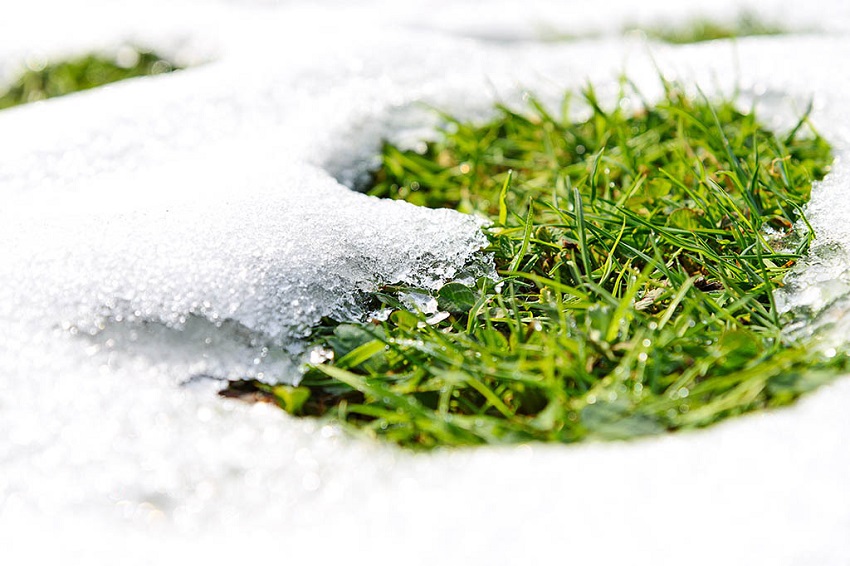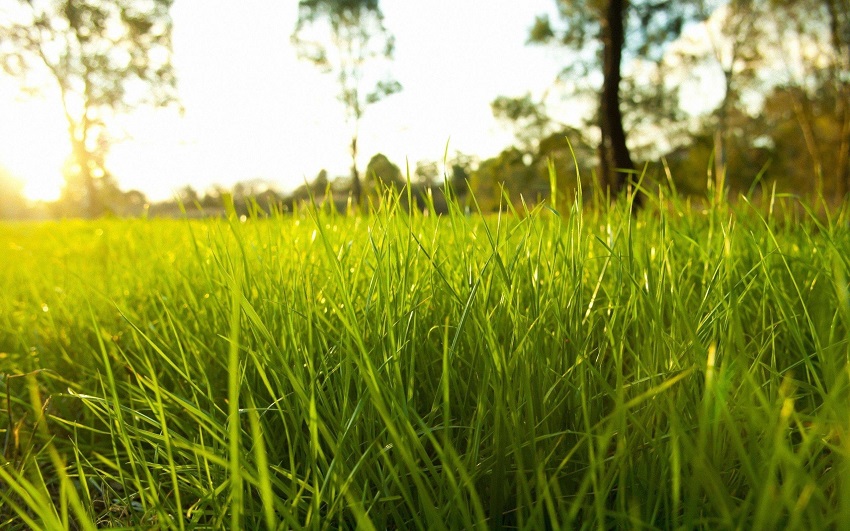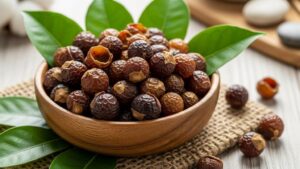What is Florida Snow Grass? Exploring a Unique Native Species of Florida

If you’ve ever heard about Florida Snow Grass, you might be wondering what it is and why it’s so unique. Florida Snow Grass, also known scientifically as Muhlenbergia filipes, is a native grass species that thrives in the sandy soils and diverse ecosystems of Florida. Contrary to what its name suggests, this grass has nothing to do with snow. In this article, we will delve into the characteristics, habitat, and significance of Florida Snow Grass. We will explore its role in Florida’s ecosystems, its adaptability to various conditions, and its beautiful appearance. So, let’s embark on a journey to discover the wonders of Florida Snow Grass!
Characteristics of Florida Snow Grass
Florida is known for its diverse range of grass species, and Florida Snow Grass is one of them. As the name suggests, this grass shares a resemblance with a blanket of snow when it blooms, making it a unique addition to the types of florida grass. This grass species grows in dense tufts and features delicate, feathery plumes that turn a silvery-white color during its flowering season. The blades of Florida Snow Grass are narrow and cylindrical and can reach a height of up to three feet in optimal conditions. The grass is known for its graceful appearance and delicate movements when swayed by the wind.
Habitat and Distribution
Florida Snow Grass is primarily found in the southeastern United States, with Florida being its central habitat. This grass species is well-adapted to thrive in various ecosystems, including dunes, prairies, sandhills, and pine flatwoods. It favors well-drained sandy soils, which are abundant in Florida’s unique geography. You can find this grass growing in both coastal and inland areas of the state, proving its adaptability to different ecological conditions.
Importance in Florida’s Ecosystem
1. Soil Stabilization and Erosion Control
One of the significant roles of Florida Snow Grass is its contribution to soil stabilization and erosion control. The extensive network of root systems formed by this grass helps bind the soil together, preventing erosion caused by wind or water. Given its ability to thrive in sandy environments, Florida Snow Grass acts as a natural defense against soil degradation and loss, especially in areas susceptible to erosion.
2. Wildlife Habitat
Florida Snow Grass provides vital habitat and food for various wildlife species. The dense tufts and feathery plumes of this grass create an ideal hiding place for small mammals, birds, and insects. It offers protection from predators and provides a source of nesting material for certain bird species. Additionally, the seeds of Florida Snow Grass are an important food source for birds and small animals, contributing to the overall biodiversity of Florida’s ecosystems.
3. Aesthetics and Landscaping
With its striking silvery-white plumes, Florida Snow Grass adds a touch of elegance and beauty to the landscape. Many landscapers and garden enthusiasts appreciate its ornamental value and use it in gardens, parks, and other green spaces. Its ability to tolerate various growing conditions makes it a versatile choice for landscaping projects, bringing a touch of Florida’s natural beauty to human-modified spaces.
Cultivation and Care
Florida Snow Grass can be cultivated in home gardens or landscaped areas. If you wish to grow this grass, it’s essential to consider its specific cultivation requirements. Here are some guidelines to follow:
1. Soil and Sunlight
Florida Snow Grass thrives in well-drained sandy soils, so make sure to choose a location with good drainage. It also prefers full sunlight, so select an area that receives at least 6 hours of direct sunlight per day.
2. Watering
During the establishment phase, Florida Snow Grass requires regular watering to promote healthy root development. Water deeply but infrequently, allowing the soil to dry between waterings. Once established, it is relatively drought-tolerant, but occasional supplemental watering during dry periods can help maintain its health and appearance.
3. Pruning and Maintenance
Florida Snow Grass is a low-maintenance grass species. However, you may need to remove any dead or damaged blades occasionally to keep it looking its best. Avoid pruning it too aggressively as this can weaken the plant.
Conclusion
Florida Snow Grass, or Muhlenbergia filipes, is a unique native grass species found in the diverse ecosystems of Florida. Its striking appearance, adaptability, and ecological significance make it an important component of Florida’s natural heritage. From stabilizing soil and providing habitat for wildlife to enhancing the aesthetics of landscapes and gardens, Florida Snow Grass contributes to the overall beauty and ecological balance of the region. Consider introducing this graceful grass to your garden or landscape project to experience the wonders of Florida Snow Grass firsthand.
Frequently Asked Questions (FAQs)
- Q: Can Florida Snow Grass tolerate salt spray in coastal regions?
A: Yes, Florida Snow Grass has a moderate tolerance for salt spray, making it suitable for coastal regions with proper soil conditions. - Q: Does Florida Snow Grass require any special fertilizer?
A: Florida Snow Grass generally does not require heavy fertilization. A light application of a balanced, slow-release fertilizer in the spring can help promote healthy growth. - Q: Are there any known pests or diseases that affect Florida Snow Grass?
A: Florida Snow Grass is relatively resistant to pests and diseases. However, occasional infestations of grasshoppers or leaf spots may occur. Proper cultural practices, such as maintaining good airflow and avoiding excessive nitrogen fertilization, can help prevent these issues. - Q: Can Florida Snow Grass be used in ecological restoration projects?
A: Yes, Florida Snow Grass is often used in ecological restoration projects due to its ability to stabilize soils and enhance biodiversity. - Q: Are there any specific companion plants that pair well with Florida Snow Grass?
A: Florida Snow Grass can be paired with other native grasses, wildflowers, and low-growing shrubs to create beautiful and ecologically beneficial plant combinations.







